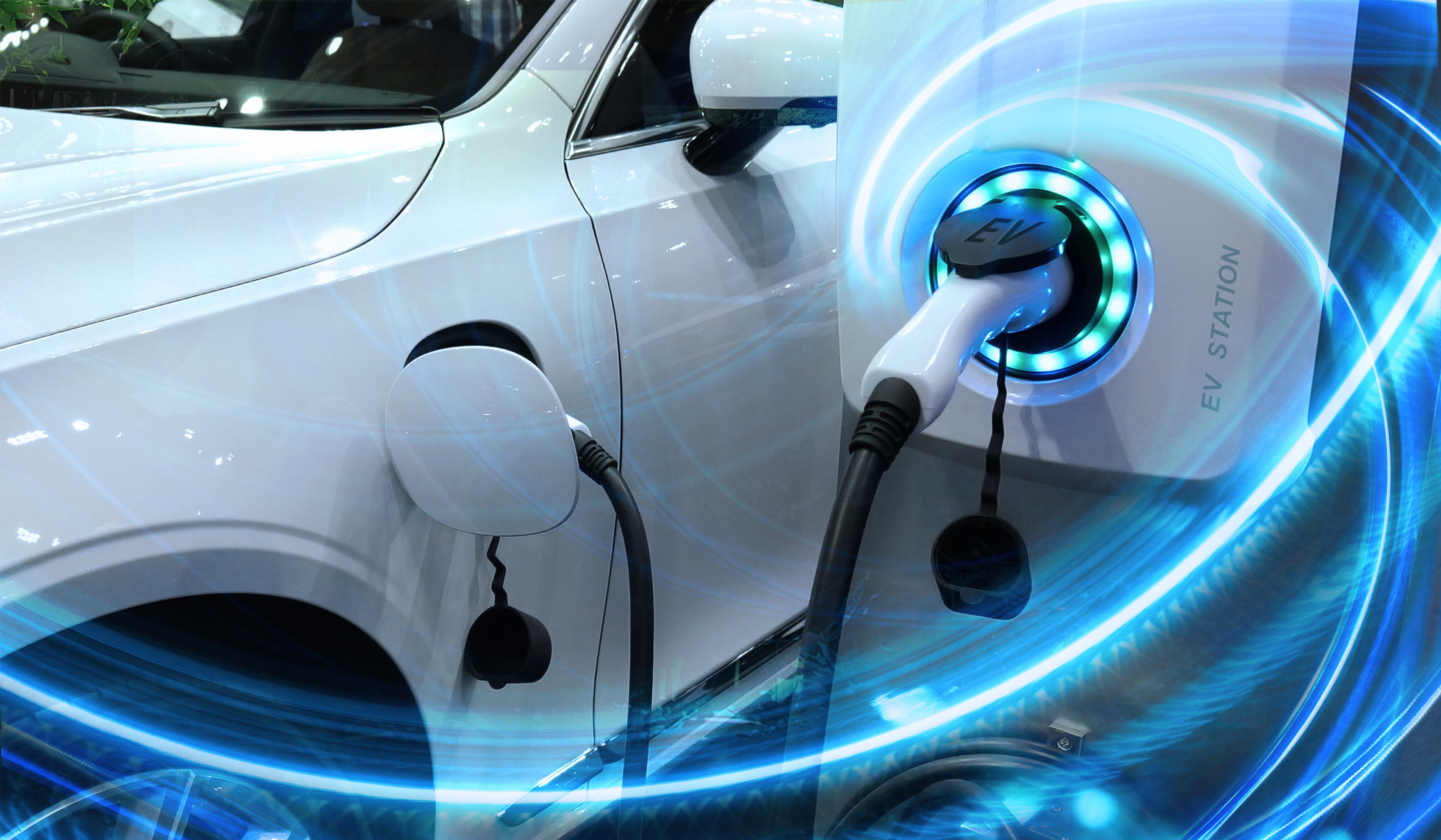
The vehicle-to-grid (or V2G) system can also sell new demand response services as the electricity can be sold back and helps accelerate the vehicles’ charging rate.
In Germany, the electric Nissan Leaf car was approved to serve as a mobile power supply terminal as well as a stabilising back-up of the grid.
ENGIE Eps, which focuses on energy storage systems and microgrids, signed a partnership with Fiat Chrysler Automobiles in 2017 to coordinate activities related to electric mobility and the creation of a “real ‘ecosystem’ of products and services to answer to the expectations of electric vehicle owners”.
The partnership includes the creation of the world’s biggest V2G pilot project in Turin in collaboration with ENGIE Italy. The project will incorporate 700 vehicles and will produce 25 MW of electricity to supply stabilization services for the grid when the vehicles are not used.
The project ENGIE DERMS (Distributed Energy Resources Management Systems) has also integrated the V2G technology as part of its seven value proposals to answer the challenges of the Distributed Energy Future.